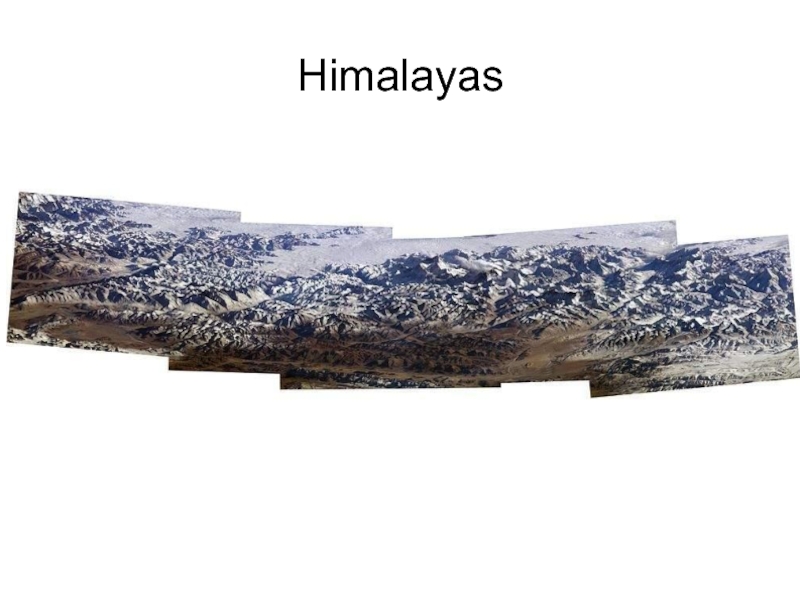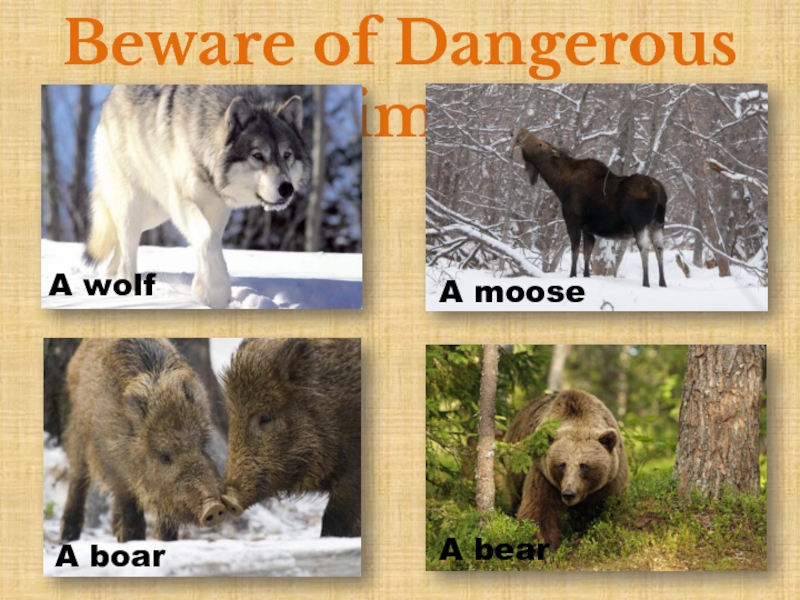Sanskrit hima (snow) + ālaya (dwelling), literally meaning "abode of
snow") is a mountain range in the Indian subcontinent which separates the Indo-Gangetic Plain from the Tibetan Plateau. This range is home to nine of the ten highest peaks on Earth, including the highest above sea level, Mount Everest. The Himalayas have profoundly shaped the cultures of South Asia. Many Himalayan peaks are sacred in both Buddhism and Hinduism.Lifted by the collision of the Indian tectonic plate with the Eurasian Plate, the Himalayan range runs northwest to southeast in a 2,400-kilometre (1,500 mi) long arc. The range varies in width from 400 kilometres (250 mi) in the west to 150 kilometres (93 mi) in the east. Besides the Greater Himalayas, there are several parallel lower ranges. The southernmost of these, located along the northern edge of the Indian plains and reaching about a thousand meters in altitude, are called the Sivalik Hills. Further north is a higher range, reaching two to three thousand meters, known as the Lower Himalayan Range.
Three of the world's major rivers—the Indus, the Ganges and the Brahmaputra—arise in the Himalayas. While the Indus and the Brahmaputra rise near Mount Kailash in Tibet, the Ganges rises in the Indian state of Uttarakhand. Their combined drainage basin is home to some 600 million people.























